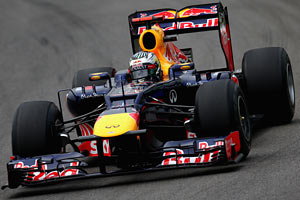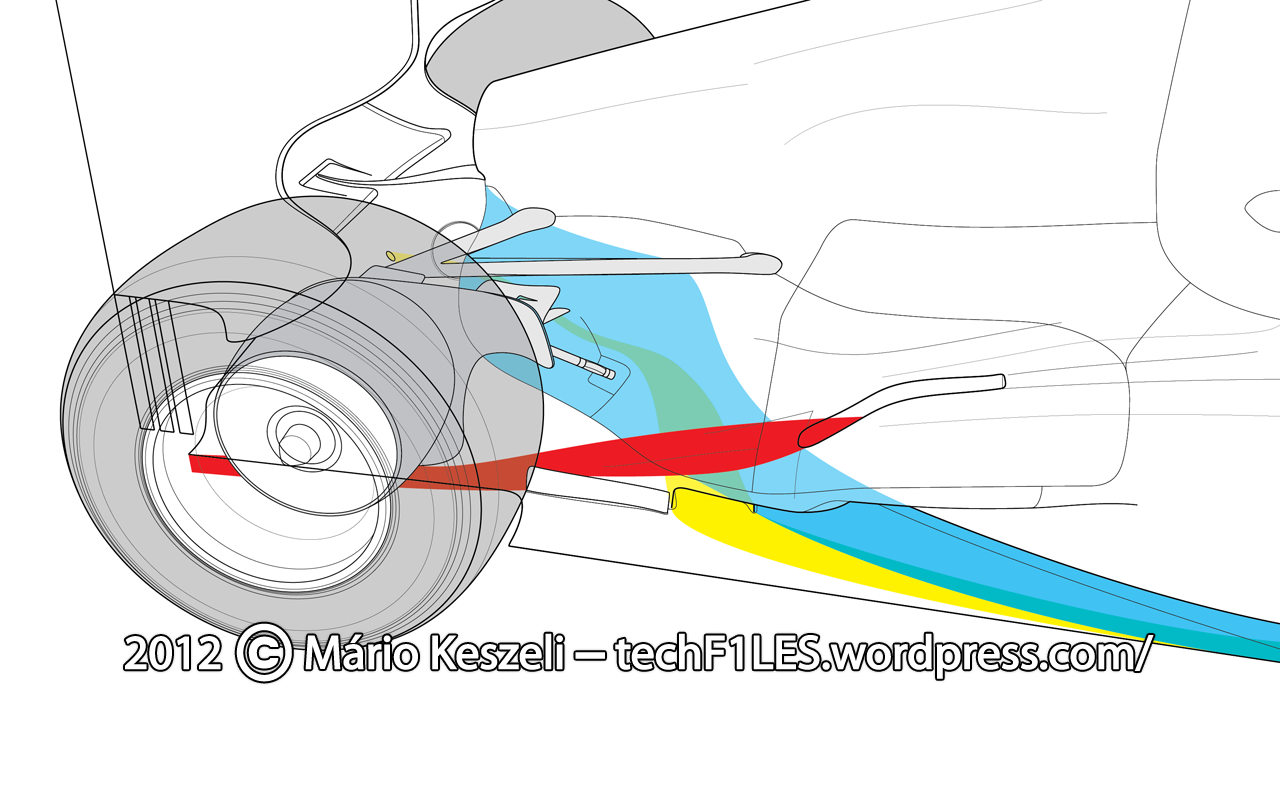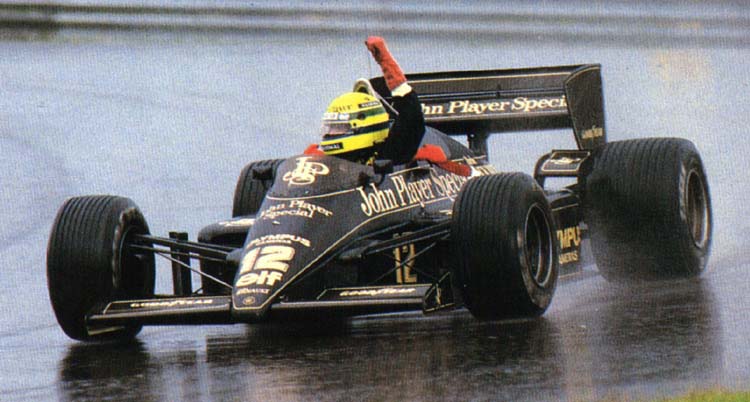Code: Select all
5.5 Engine torque demand
5.5.1 The only means by which the driver may control the engine torque is via a single chassis mounted foot (accelerator) pedal.
5.5.2 Designs which allow specific points along the accelerator pedal travel range to be identified by the driver or assist him to hold a position are not permitted.
5.5.3 The maximum accelerator pedal travel position must correspond to an engine torque demand equal to or greater than the maximum engine torque at the measured engine speed.
The minimum accelerator pedal travel position must correspond to an engine torque demand equal to or lower than 0Nm.
5.5.4 The accelerator pedal shaping map in the ECU may only be linked to the type of the tyres fitted to the car : one map for use with dry-weather tyres and one map for use with intermediate or wet-weather tyres.
5.5.5 At any given engine speed the driver torque demand map must be monotonically increasing for an increase in accelerator pedal position.
5.5.6 At any given accelerator pedal position and above 5,000rpm, the driver torque demand map must not have a gradient of less than – (minus) 0.030Nm / rpm.
5.6 Engine control
5.6.1 The maximum delay allowed, computed from the respective signals as recorded by the ADR or ECU, between the accelerator pedal position input signal and the corresponding output demand being achieved is 50ms.
5.6.2 Teams may be required to demonstrate the accuracy of the engine configurations used by the ECU.
5.6.3 The maximum throttle target map in the ECU may only be used to avoid throttle target oscillations when the change of torque is small for a change of throttle position. It must not be used to artificially reduce the maximum engine torque.
The selection of the maximum throttle target map will be fixed during qualifying and race.
5.6.4 Engine control must not be influenced by clutch position, movement or operation.
5.6.5 The idle speed control target may not exceed 5,000rpm.
5.6.6 Except when anti-stall or idle speed control are active, ignition base offsets may only be applied above 80% throttle and 15,000rpm and for the sole purpose of reducing cylinder pressure for reliability.
5.6.7 A number of engine protections are available in the ECU.
A minimum of nine seconds hold time should be configured for the engine protections enabled during qualifying and race.
The configuration of the air tray fire detection and throttle failsafe are exceptionally unrestricted in order to allow each team to achieve the best level of safety.
5.7 Engine high rev limits :
Engine high rev limits may vary for differing conditions provided all are significantly above the peak of the engine torque curve. However, a lower rev limit may be used when :
- The gearbox is in neutral.
- Stall prevention is active.
- The driver clutch request is greater than 95% of the total available travel of the driver clutch actuation device, used only to protect the engine following a driver error.
- An engine protection is active.
- The bite point finder strategy is active.
- The safety car is deployed or during the formation lap.
Except for the above conditions, ignition, fuelling and throttle may not be used to artificially control the engine speed or alter the engine response in a rev range more than 1,000rpm below the final rev limit.
5.2 Other means of propulsion :
5.2.1 The use of any device, other than the 2.4 litre, four stroke engine described in 5.1 above and one KERS, to power the car, is not permitted.
5.2.2 With the exception of one fully charged KERS, the total amount of recoverable energy stored on the car must not exceed 300kJ. Any which may be recovered at a rate greater than 2kW must not exceed 20kJ.
5.2.3 The maximum power, in or out, of any KERS must not exceed 60kW.
Energy released from the KERS may not exceed 400kJ in any one lap.
Measurements will be taken at the connection to the rear wheel drivetrain.
5.2.4 The amount of stored energy in any KERS may not be increased whilst the car is stationary during a race pit stop.
Release of power from any such system must remain under the complete control of the driver at all times the car is on the track.
5.2.5 Cars must be fitted with homologated sensors which provide all necessary signals to the SDR in order to verify the requirements above are being respected.
It looks like there's some room for interpretation within the regulations that govern anti-stall and idle engine speed (5.6.6) as well as those that concern high rev limits (5.7).
Additionally, the regulations define engine control largely in terms of torque demand, a term with at least the potential to invite differing interpretations.
EDIT: Perhaps Red Bull puts the engine in neutral for every braking event and uses KERS harvesting to take the place of engine braking. Although, that would likely contravene the rules on KERS energy storage limits unless excess energy can be discharged by other means.
EDIT: I think everyone should have the regs, which can be found
here.



